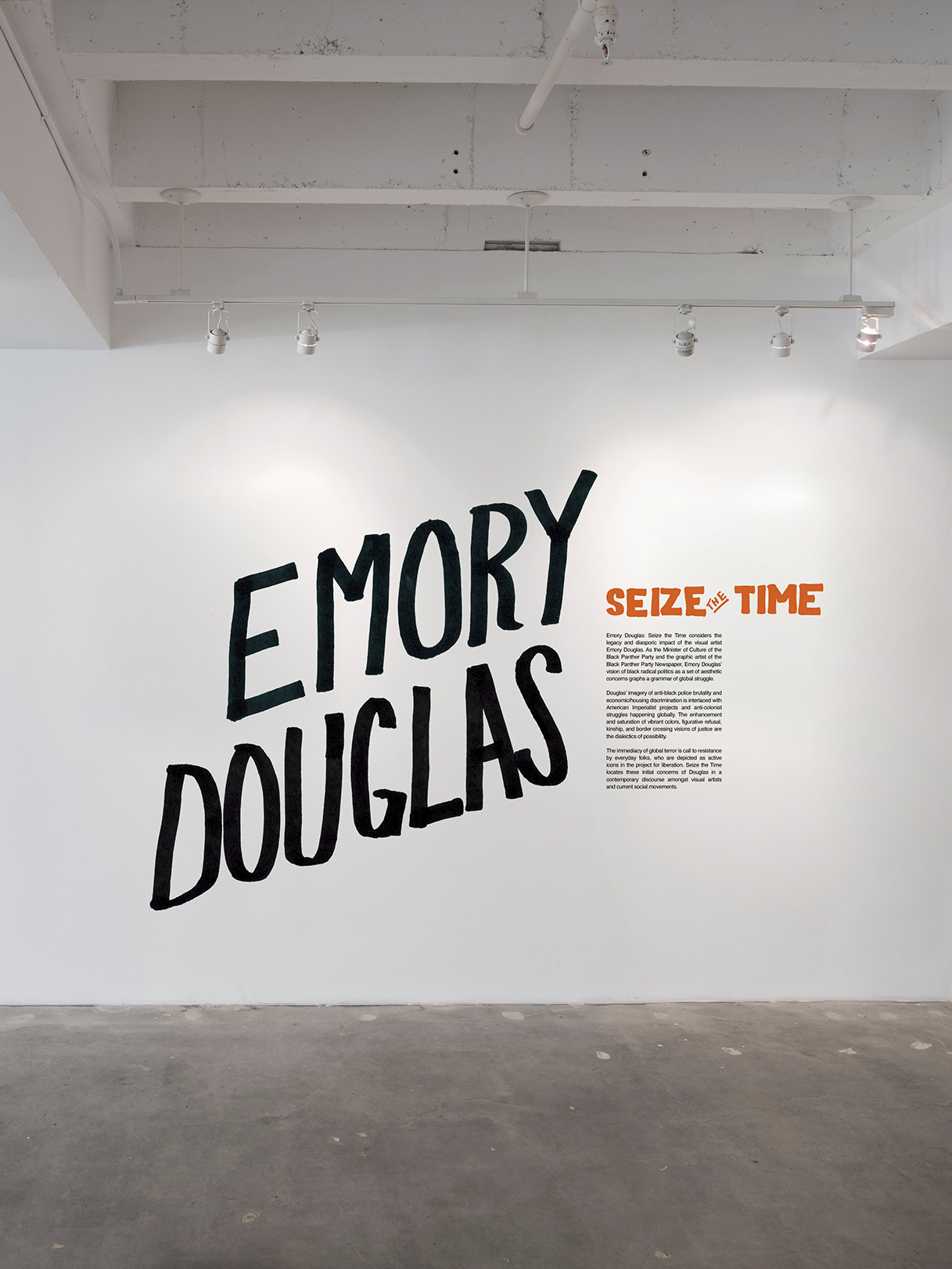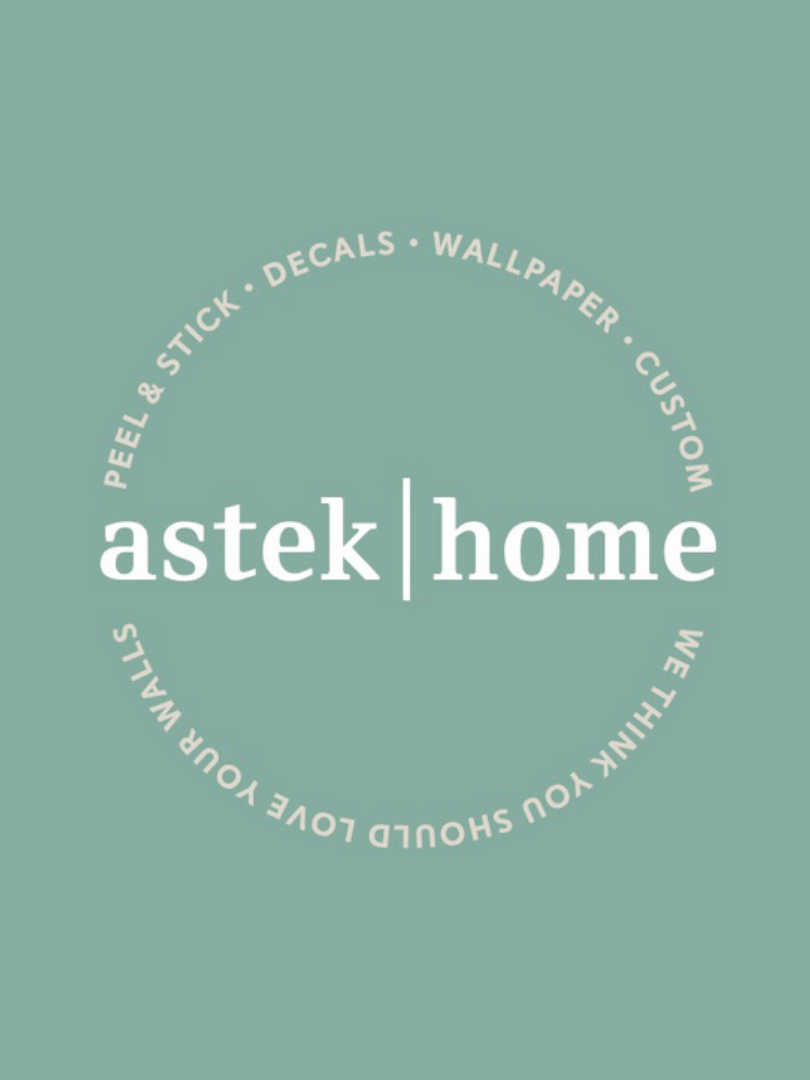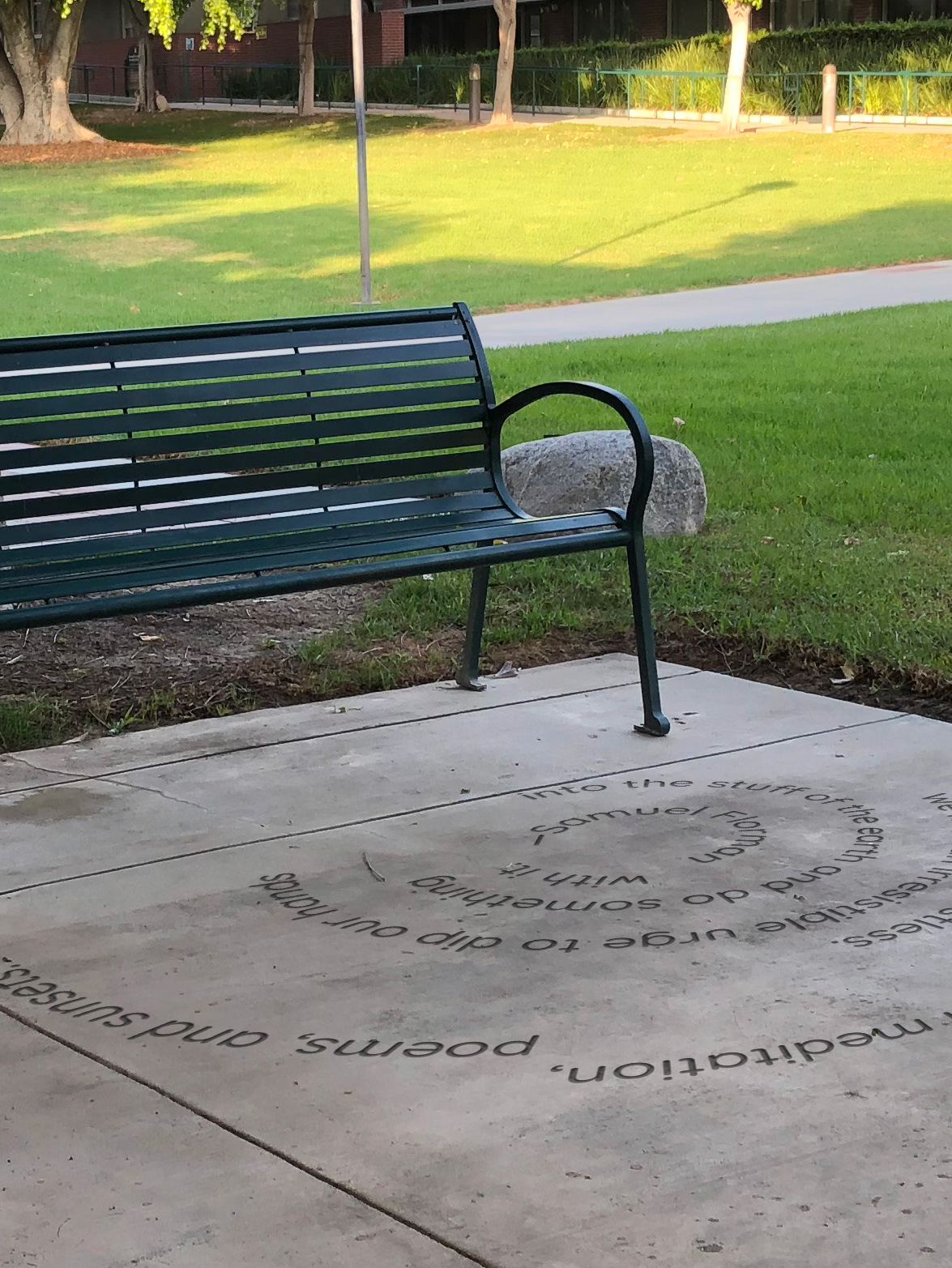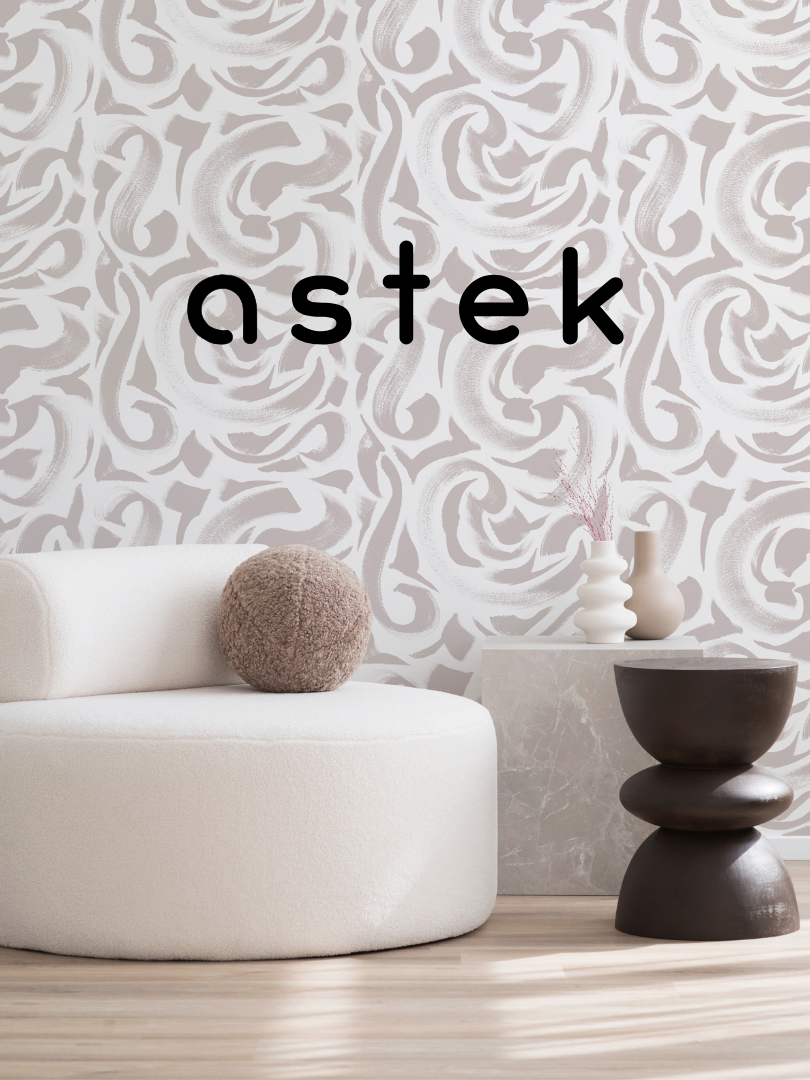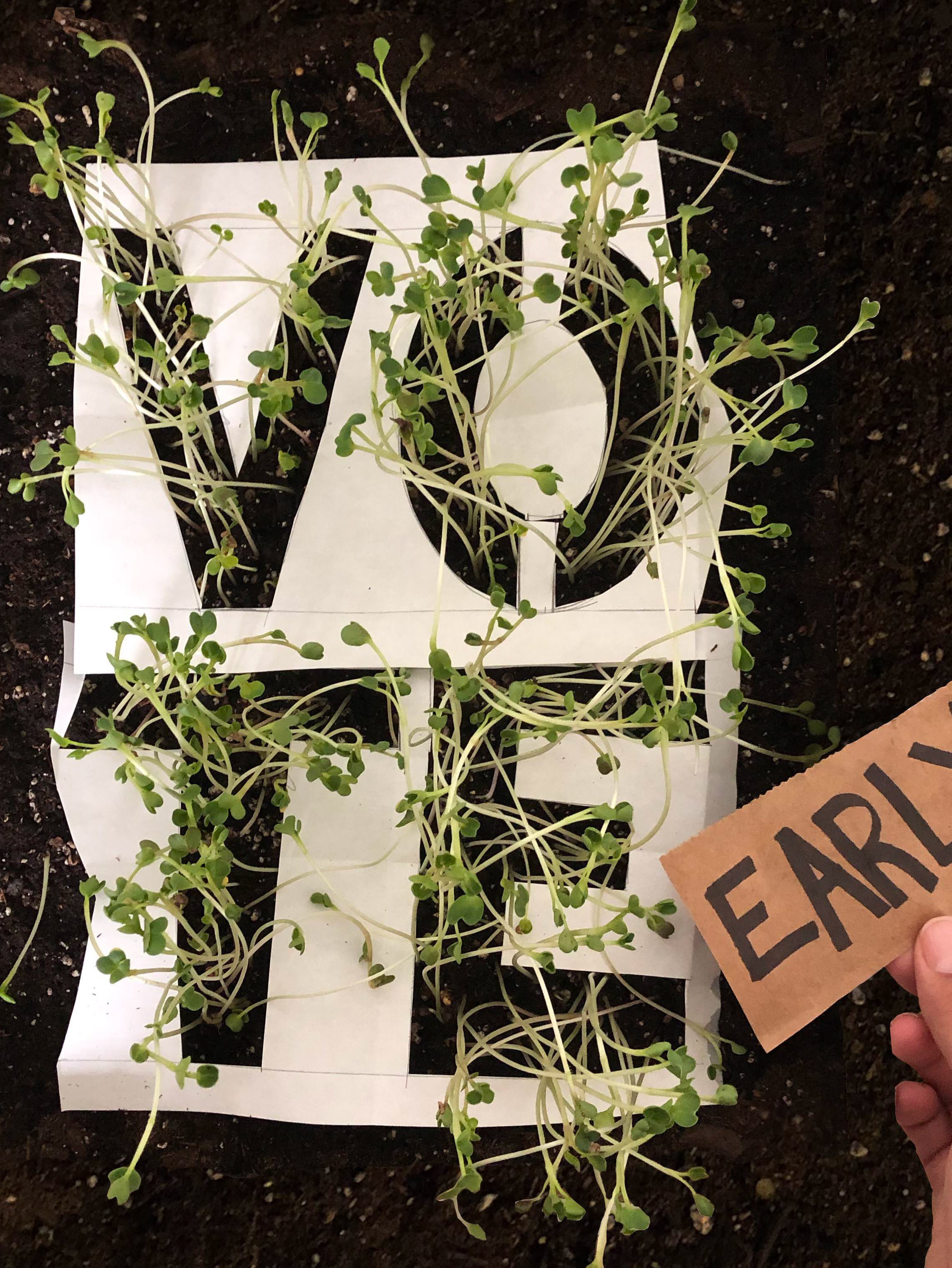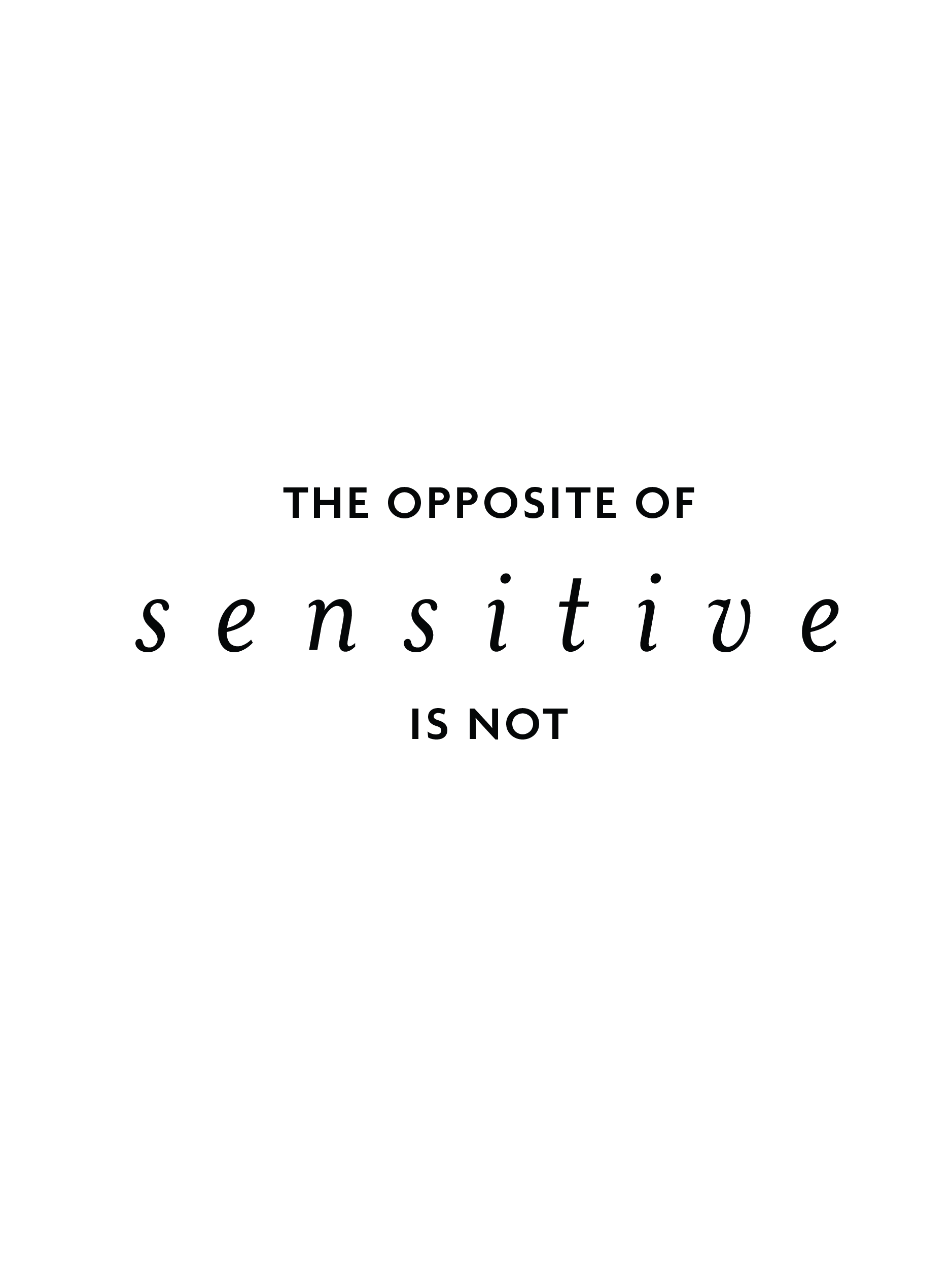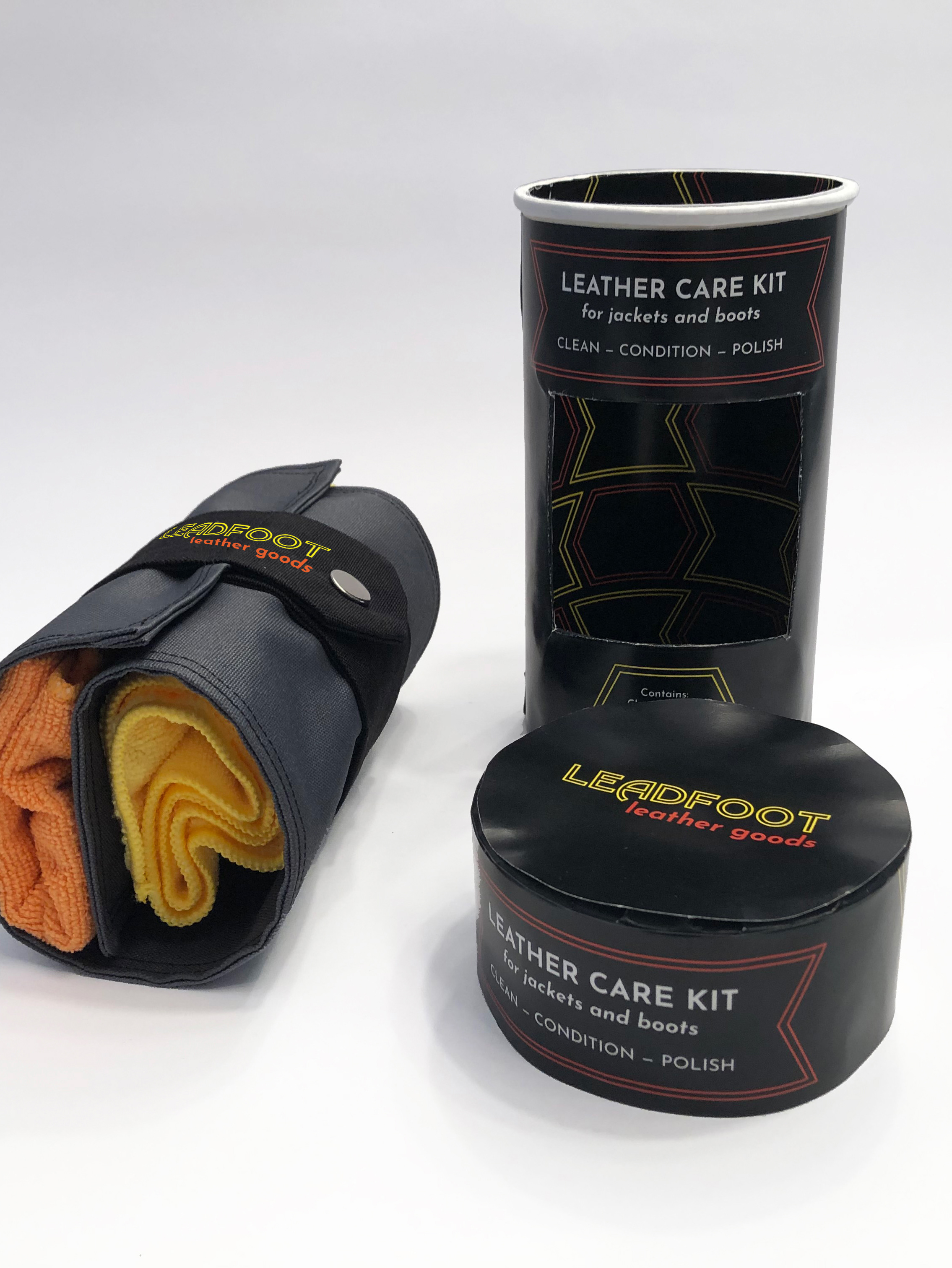A variety of places someone might have seen plastic pollution: social media, documentaries, real life.
Some other ways to help the environment, including voting, thrift shopping, and staying up to date on news.
A selection of everyday single-use plastic items, including toothbrushes, bath loofahs, and laundry detergent bottles.
Reusable and recyclable materials, such as glass, metal, or paper, are good alternatives to single-use plastics.
There are 8.3 billion metric tons of plastic on Earth, most of which ends up in landfills.
Plastic has travelled a long way before it ends up in your hands, and causes problems both before and after you use it.
Comparing common single-use plastic items (left) with their reusable counterparts is an easy way to see alternatives.
The waste of single-use plastic piles up quickly, while reusable options can last longer and leave behind much less waste.
A few key frames that I illustrated at the beginning of the process, to establish the illustration style. I wanted to keep it bright, approachable, and clearly informative.
Some of the videos/motion graphics I was inspired by can be found here: "Microplastics," "Is Your Plastic Actually Being Recycled?" "Tilal Al Ghaf," "Monier Solar Roofing," and "The Great Plastic Purge." Not all of them deal directly with plastic pollution, but each brought something different to the table: an art style, a message, or atmosphere.



